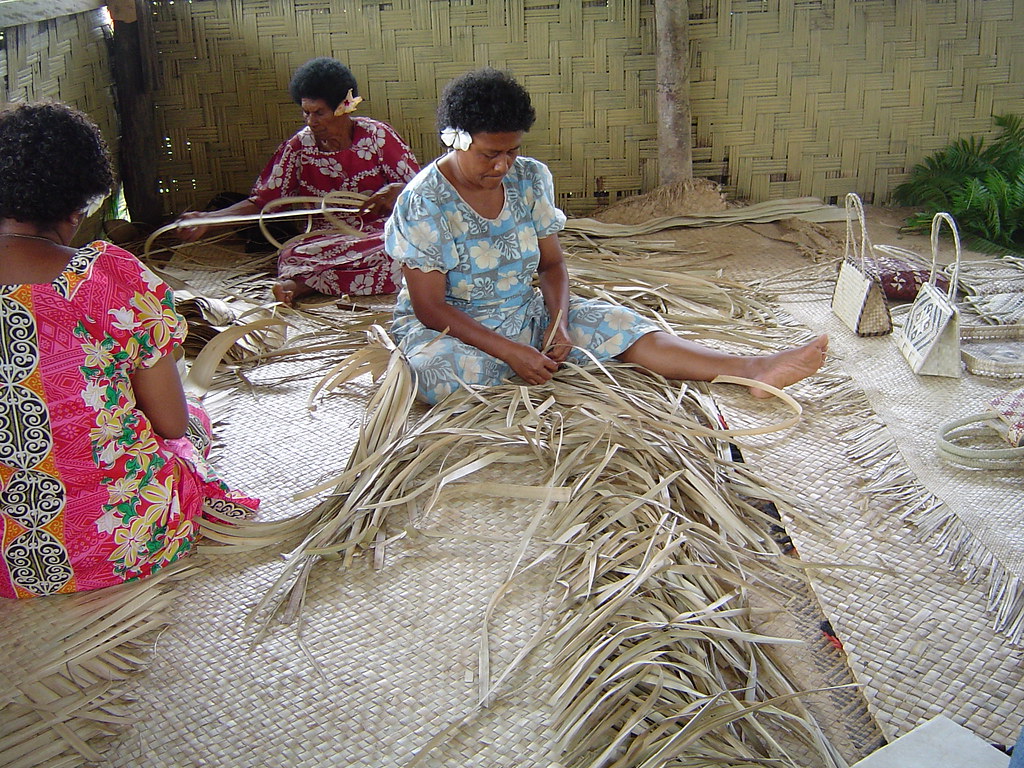nightglow.info – Nestled in the South Pacific, Fiji is a tropical paradise known for its pristine beaches, vibrant coral reefs, and lush rainforests. However, beyond its natural beauty, Fiji is home to a rich tapestry of cultural traditions, with art and craftsmanship that have been passed down through generations. These island arts are not just expressions of creativity; they are a reflection of the Fijian way of life, embodying the values, history, and spiritual beliefs of the indigenous people.
The heart of Fijian art lies in its craftsmanship, which is deeply rooted in the daily life of the community. From the intricate weaving of mats and baskets to the carving of wooden canoes and ceremonial masks, Fijian crafts are both functional and symbolic. Each piece tells a story, often linked to the land, the sea, and the ancestors.
One of the most revered crafts in Fiji is the making of masi, or tapa cloth. This traditional bark cloth is made from the inner bark of the paper mulberry tree, which is harvested, beaten, and sun-dried to create a durable fabric. Masi is then decorated with elaborate designs using natural dyes, often depicting traditional motifs that carry cultural significance. The process of making masi is labor-intensive and requires skill and patience, making each piece a unique work of art.
Another significant craft is the weaving of pandanus mats, known as ‘ie in Fijian. These mats are not only used for sitting and sleeping but also play a crucial role in ceremonies and are often given as gifts. The weaving process involves collecting leaves from the pandanus tree, which are then split, dyed, and woven into intricate patterns. The skill of the weaver is evident in the complexity and beauty of the finished mats.
Wood carving is another hallmark of Fijian art, with carvers creating everything from small figurines to large ceremonial drums and canoes. The art of carving is learned from a young age, with apprentices working alongside master carvers to learn the techniques and stories behind each design. The carvings often depict traditional Fijian myths and legends, as well as flora and fauna native to the islands.
The pottery of Fiji is also noteworthy, with potters creating utilitarian and ceremonial vessels using clay sourced from the islands. The pots are decorated with patterns that reflect the potter’s individual style and the cultural heritage of their village.
The preservation of these crafts is essential to maintaining the cultural identity of Fiji. The Fijian government and various non-governmental organizations have recognized the importance of these traditions and have taken steps to support and promote the work of local artisans. This includes providing training and resources, as well as creating markets for their products both locally and internationally.
Tourism has also played a significant role in the revival of Fijian crafts. Visitors to the islands are often captivated by the beauty and significance of these traditional arts, and many choose to purchase items as souvenirs or gifts. This has provided a valuable source of income for artisans and has helped to ensure the survival of these crafts.
In conclusion, the island arts of Fiji are more than just crafts; they are a living legacy of the Fijian people. They represent a connection to the past, a celebration of the present, and a hope for the future. As these traditions continue to evolve, they remain a testament to the resilience and creativity of the Fijian culture, crafting a heritage that is as enduring as the islands themselves.
